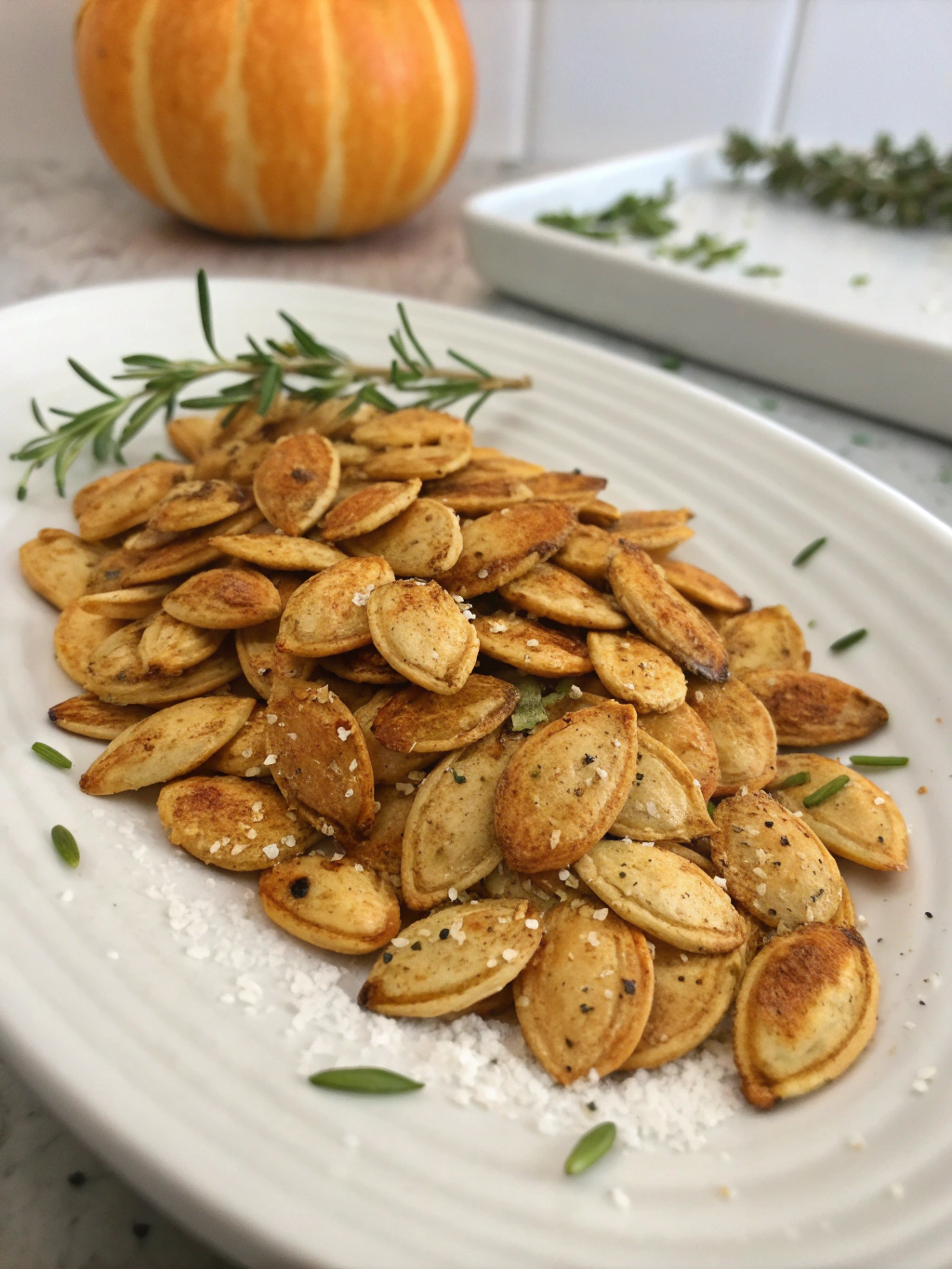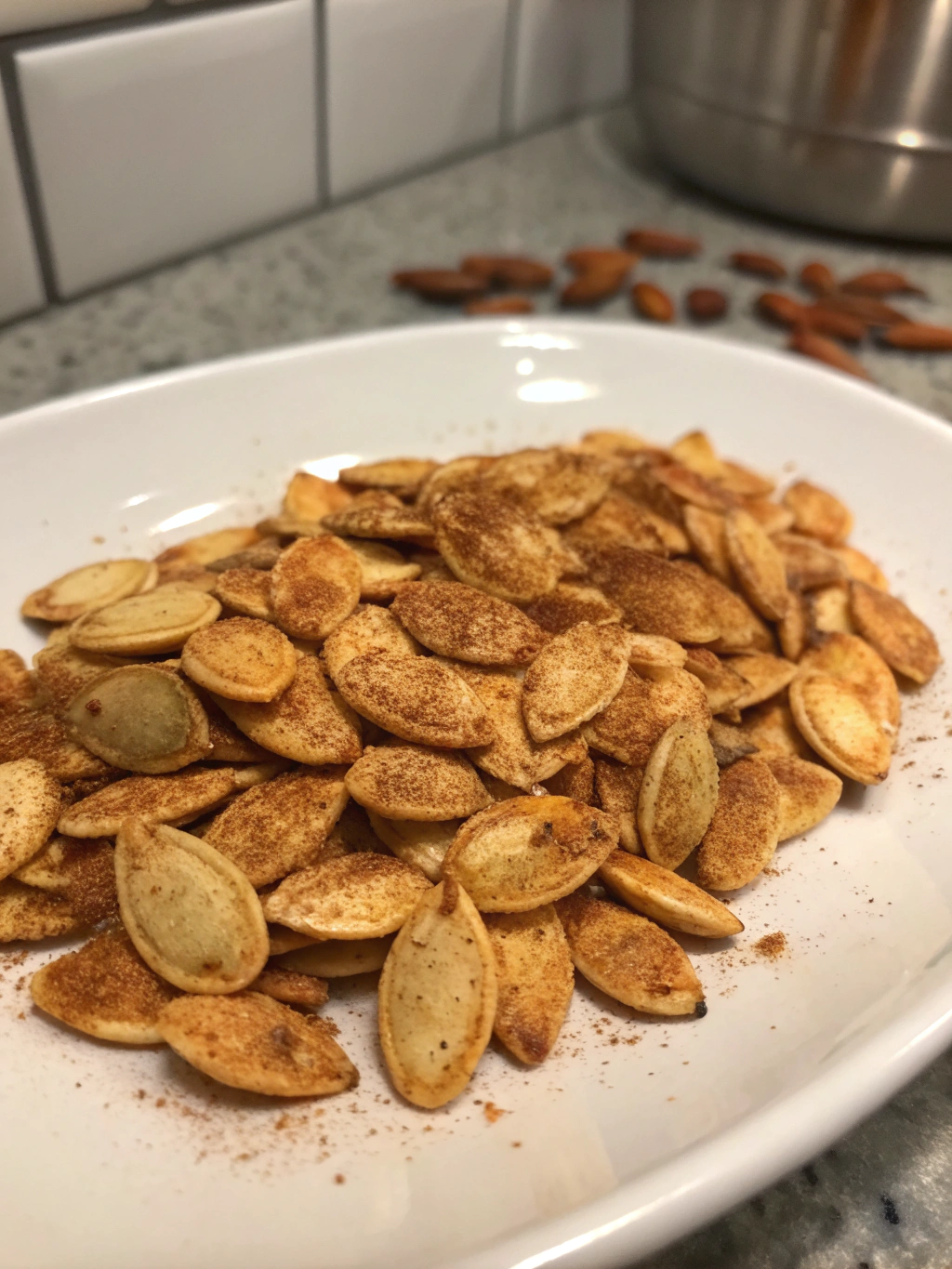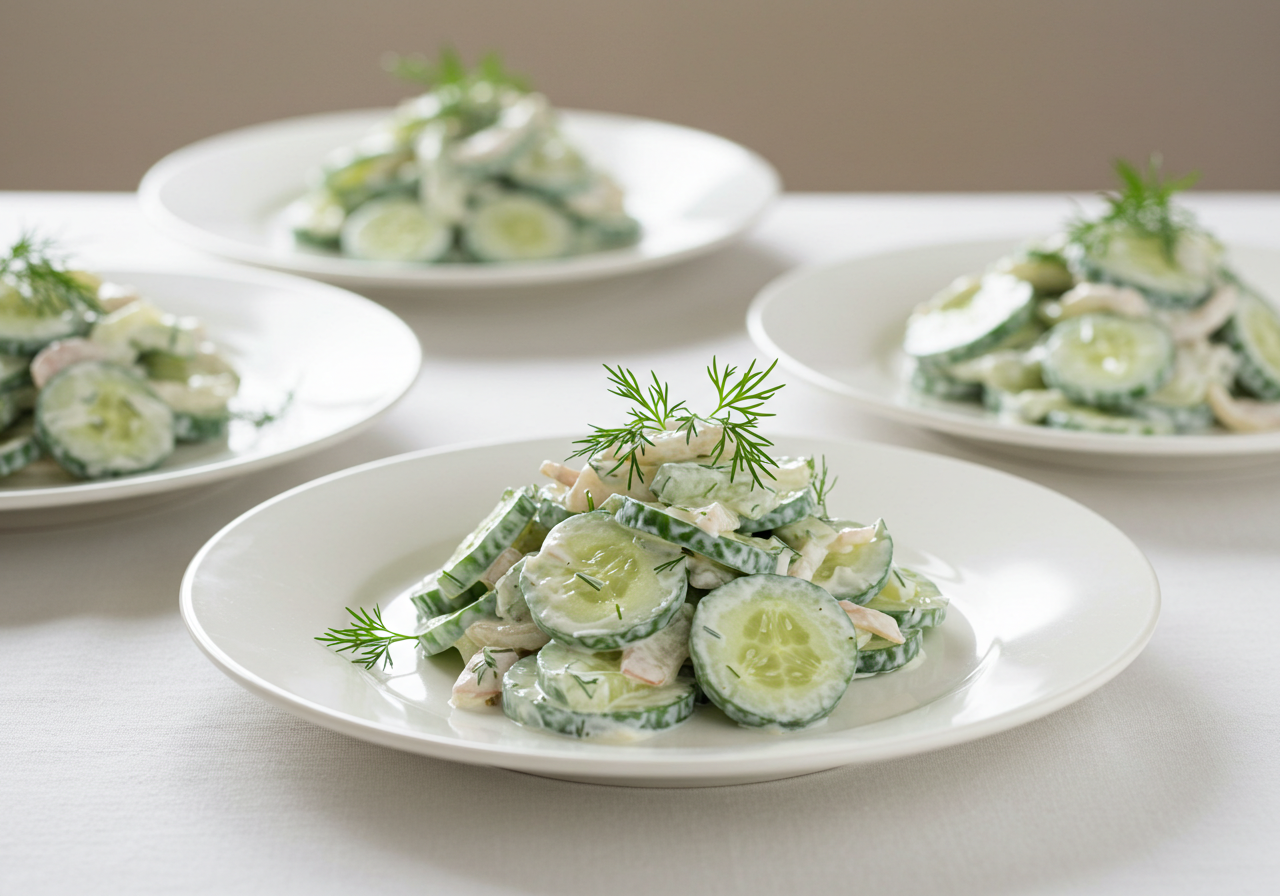Few food pairings capture the essence of elegance and simplicity like cantaloupe and prosciutto. This iconic combination marries the sweetness of ripe melon with the savory depth of cured ham, creating a harmony of flavors that has delighted palates for centuries. Originating in Italy, this duo exemplifies the art of balancing contrasting tastes and textures to craft a dish that feels luxurious yet effortless.
Understanding the Ingredients
What is Cantaloupe?
Cantaloupe is a type of melon known for its sweet, juicy flesh and fragrant aroma. Belonging to the Cucurbitaceae family, it is closely related to other melons like honeydew and watermelon. Its vibrant orange interior and distinctively netted rind make it a favorite summer fruit across the globe.
Nutritional Profile of Cantaloupe
Cantaloupe is not only delicious but also a nutritional powerhouse. Here are some key highlights of its health benefits:
- Rich in Vitamins: Cantaloupe is an excellent source of vitamin C, providing over 100% of the daily recommended intake in just one cup. It also contains significant amounts of vitamin A, essential for eye health and immune function.
- Hydration Booster: With a water content of about 90%, cantaloupe is highly hydrating, making it perfect for warm weather.
- Low in Calories: A cup of cantaloupe has only about 60 calories, making it a guilt-free snack or addition to meals.
- Loaded with Antioxidants: The fruit contains beta-carotene, lutein, and zeaxanthin, compounds that help combat oxidative stress and support overall health.
- Good Source of Fiber: Its moderate fiber content aids digestion and promotes gut health.
- Electrolytes and Minerals: Cantaloupe is rich in potassium, which supports heart health and muscle function, as well as small amounts of magnesium and calcium.
Types of Cantaloupe: European vs. North American Varieties
There are two primary types of cantaloupe that differ in appearance, flavor, and texture:
- European Cantaloupe (Cucumis melo cantalupensis):
- Recognized by its smooth, lightly ribbed rind.
- Typically smaller in size with a softer, more fragrant flesh.
- Known for its intense sweetness and rich aroma, making it a favorite in Mediterranean cuisines.
- North American Cantaloupe (Cucumis melo reticulatus):
- Characterized by its netted, textured rind, which provides a distinctive look.
- Slightly larger and firmer than its European counterpart.
- Offers a slightly milder sweetness, but still retains the juicy, refreshing quality that cantaloupe is known for.
Both varieties shine in different culinary contexts, with European cantaloupes often considered more refined for gourmet dishes and North American cantaloupes widely popular in casual meals and snacks. Regardless of the variety, cantaloupe’s sweetness and succulence make it a natural partner for the savory, robust flavor of prosciutto.
Preparing Cantaloupe and Prosciutto
Simple Slicing and Wrapping Techniques
- Slicing the Cantaloupe:
- Halve and Deseed: Begin by cutting the cantaloupe in half lengthwise. Use a spoon to scoop out the seeds.
- Peel the Rind: Either slice off the rind with a sharp knife or use a melon baller to create uniform spheres for a refined presentation.
- Slice into Wedges: For a classic look, cut the cantaloupe into thin, crescent-shaped wedges, about 1–2 inches wide.
- Preparing the Prosciutto:
- Use thin slices of prosciutto, as their delicate texture is key to the pairing.
- Trim any thick fat edges if preferred, but leave enough for flavor balance.
- Wrapping Technique:
- Gently drape or wrap a slice of prosciutto around each cantaloupe wedge. Avoid tightly winding the prosciutto, as this can tear the delicate meat and detract from the natural, elegant look.
- For smaller bites, cut the cantaloupe into cubes or spheres and wrap them with smaller strips of prosciutto. Secure with toothpicks for easy serving.
Conclusion: A Timeless Combination
The pairing of cantaloupe and prosciutto has endured as a culinary classic for good reason. Its simple yet sophisticated balance of sweet and salty flavors appeals to a wide range of palates, while its versatility allows for endless creativity. From casual picnics to elegant dinner parties, this combination feels both indulgent and effortless.
By experimenting with sauces, fruits, and meats, you can personalize the dish to suit your tastes and occasions. Whether you keep it traditional or explore bold variations, cantaloupe and prosciutto offer an invitation to savor the beauty of fresh, high-quality ingredients.
So go ahead-slice, wrap, and drizzle your way to a delightful experience. This timeless pairing will never fail to impress and satisfy!

Pairing cantaloupe and prosciutto is a timeless classic, but it can also inspire creative twists in your kitchen. For those looking to explore other complementary flavor profiles, consider checking out recipes like this Philly Cheesesteak Pasta for a hearty, savory option or the innovative Pickle Pie Pizza for a bold, tangy twist. Additionally, if you enjoy experimenting with sweet and salty pairings, the Cherry Chip Cake offers a delightful dessert alternative to follow your cantaloupe and prosciutto appetizer. Let these ideas inspire your next culinary adventure!
FAQs
Can I use honeydew instead of cantaloupe?
Yes, honeydew is an excellent substitute for cantaloupe! Its mild sweetness and juicy texture pair beautifully with prosciutto. Honeydew’s pale green color also adds a fresh, vibrant aesthetic to the dish. For a slightly different flavor profile, try watermelon, which offers a crisper texture and refreshing sweetness.
What is the best way to store leftover prosciutto?
To maintain its flavor and texture, wrap leftover prosciutto tightly in plastic wrap or parchment paper, then place it in an airtight container. Store it in the refrigerator and consume it within 2-3 days for the best quality. Avoid freezing prosciutto, as it can alter the texture and make it less tender.
Are there vegetarian alternatives to prosciutto?
Absolutely! You can achieve a similar salty, savory flavor with vegetarian options such as:
- Roasted or Smoked Eggplant Slices: Thinly slice eggplant, season with salt, and roast or smoke for a rich, meaty flavor.
- Coconut Bacon: Made from seasoned coconut flakes, this option adds a crispy, smoky element.
- Marinated Portobello Mushrooms: Thin slices of portobello mushrooms, marinated in soy sauce or tamari, provide a savory, umami punch.
How do I balance sweetness if the cantaloupe is too ripe?
If your cantaloupe is overly sweet, balance it with complementary flavors:
- Add acidity: Drizzle with a balsamic reduction, lemon juice, or a sprinkle of lime zest.
- Incorporate herbs: Fresh basil, mint, or arugula can cut through the sweetness with refreshing, earthy notes.
- Pair with sharper accompaniments: Use a sharper cheese like feta or a tangy goat cheese to offset the fruit’s sweetness.
What are some budget-friendly substitutes for prosciutto?
If prosciutto is outside your budget, consider these more affordable alternatives:
- Thinly Sliced Ham: Regular deli ham, especially smoked or honey-glazed varieties, can mimic the savory-sweet profile of prosciutto.
- Bacon or Pancetta: Cooked and crumbled bacon or pancetta adds a similar salty flavor, though with a different texture.
- Turkey Slices: Thinly sliced turkey breast works as a lighter, leaner option.
- Salami or Pepperoni: For a stronger, spiced flavor, use thin slices of cured salami or pepperoni.
These substitutes maintain the essence of the pairing while being more accessible and affordable.








